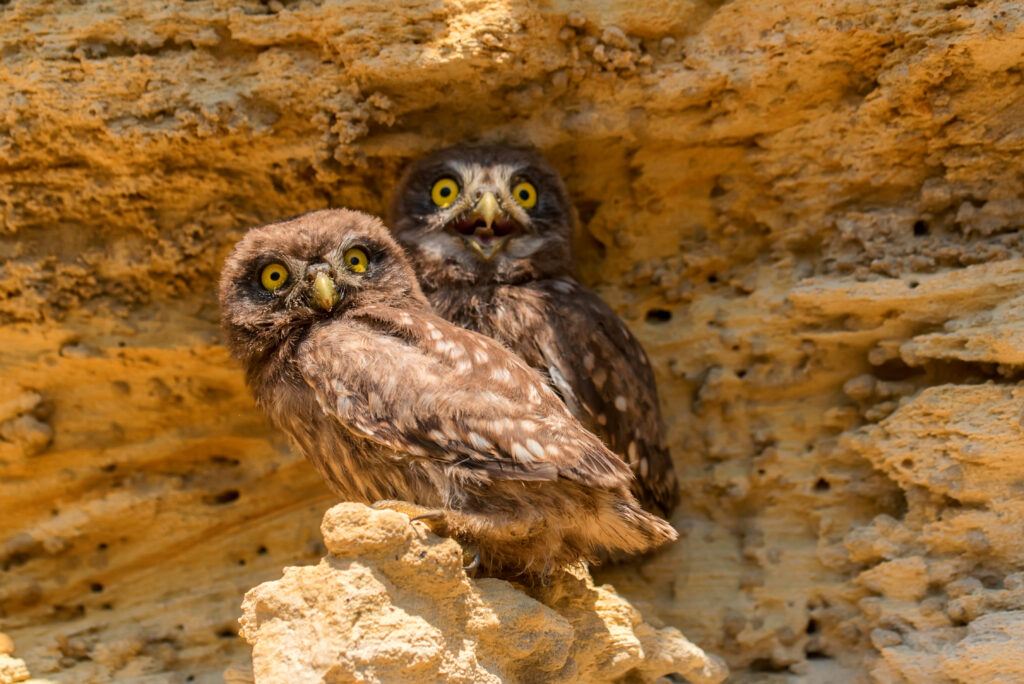Introduction: By the night in quietness, wilderness is played a curious melody – the panting notes of the Great Horned Owl. May I share with you my experience of discovering these unusual animals? Let us uncover their mysterious lives together and find out what it is that makes their resonant cries sound in the darkness.
Birth and Early Life:
Places with thick trees or high cliffs become the preferred nesting habitat for these species of the owl. Really notice the subtleties of their highway system, where both parents cooperate in erecting the nests, and they carefully prepare for the coming of their young. As the moonlight glows, explore the place toes of little down-covered owlets, who are hardy enough to be life itself.

Growth and Development:
From little chicks covered with down to fledglings that by high school have mastered their first flight, Great Horned Owls’ growth and development are nothing less than unbelievable. Go through the parenthood of the species featured where they supply food as well as security, thus promoting the independence of their young ones. Spare in awe of the distinctive traits that define these owls -their imposing size, tufted “horns” and their beautifully adorned plumage.

Hunting and Survival:
The nocturnal hunters enter into the game. It is night. Call attention to the superb stealth flight of Great Horned Owls, as well as their night vision ability which is better than most of the other animals. Find out about the abundance of their diet, such a quick rats to airborne possibilities and on occasions – large mammalian species. Bring to light the intricacies of their methodologies and effectiveness as stealthy hunters and camouflage masterminds within the depths of nighttime.

Courtship and Reproduction:
Amid the celestial scape, experience the mating ritual of the Great Horned Owls – almost hypnotic hooting and breathtaking aerial routines. Discuss in detail the mating season and means of developing monogamous relationships. Know the integral part these owls have in maintaining environmental balance by acting as nature’s predators that regulate the rodent population.


Advantages and Dangers:
On the other hand, the luxury life of the Great Horned Owls does not come without any difficulties. Go through the risky conditions they experience, such as habitat loss, pesticide exposure, and unfortunate fights with people. Explore the consequences of these challenges to owl populations as well as the conservation and protection plans done to save the rarities.


Aging and End of Life:
That is the time to study what is the precise wild lifespan of Great Horned Owls. Give readers a clear image of the consequences of aging by journaling how these wise people come to terms with their challenges. Deal with the predetermined reason for the life-end of an owl – whether it is the loop of predation, accidents, or the natural embrace of its death.

Conclusion:
At the end, stand in awe in front of the complete lifecycle of the Great Horned Owl, knowing that all the intricate beauty and ecological value of nocturnal sentinels are gracefully represented. It is high time the sounds that once were a mystery of the unknown be a call to action – a call to adventures and a place to protect such fascinating creatures and make sure they are around forever in the wild.



1 comment
Your article helped me a lot, is there any more related content? Thanks!